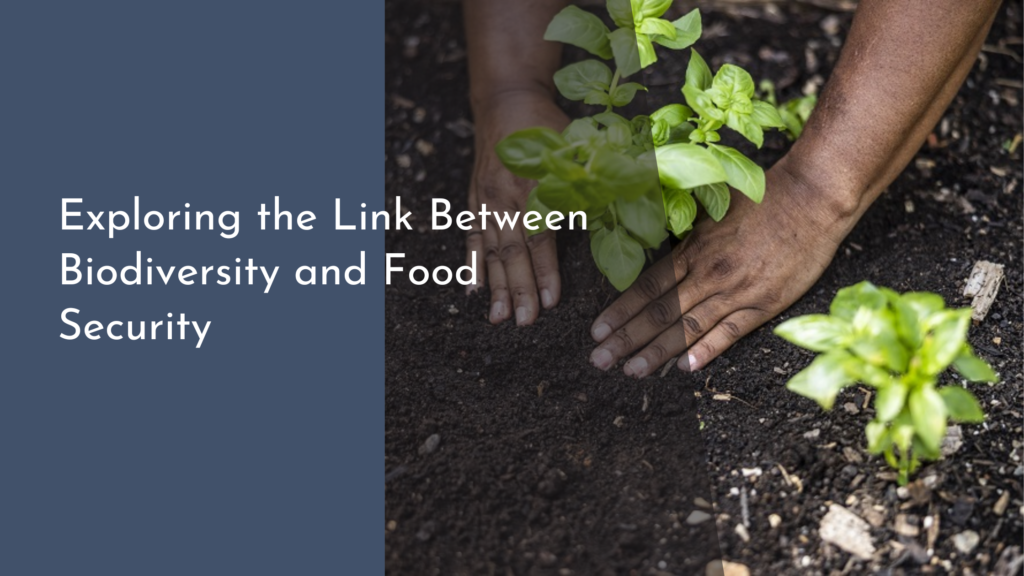The Process of Obtaining a Green Certification
Transitioning towards sustainability has become more than just a trend; it’s a necessity for businesses looking to thrive in today’s environmentally conscious market. Obtaining a green certification not only showcases a commitment to eco-friendly practices but also opens doors to numerous benefits, including enhanced reputation and financial savings. This guide will walk you through the process of obtaining a green certification, from understanding its benefits to celebrating your success story.
Understanding Green Certifications and Their Benefits
Green certifications are formal recognitions awarded to businesses, products, or buildings that meet specific environmental standards. These certifications are designed to promote sustainable practices by evaluating factors such as energy efficiency, water usage, waste management, and overall environmental impact. Popular green certifications include LEED (Leadership in Energy and Environmental Design) for buildings, Energy Star for appliances, and B Corp for businesses. Each certification has its criteria and scope, making it crucial for organizations to identify which one aligns best with their sustainability goals.
The benefits of obtaining a green certification extend beyond the immediate environmental impact. For businesses, it signifies credibility and commitment to sustainability, enhancing reputation among customers and stakeholders. This recognition can lead to increased customer loyalty and a competitive edge in the market. Financially, green certifications can result in cost savings through reduced energy and water bills, tax incentives, and potential grants. Furthermore, they often improve employee morale and satisfaction, as individuals prefer to be associated with environmentally responsible organizations.
Assessing Eligibility and Preparing Necessary Documents
Before diving into the application process, it’s essential to assess eligibility for the desired green certification. Start by researching the specific requirements and standards of each certification. Many certifications require baseline performance metrics, so conducting an initial environmental assessment of your operations, products, or buildings helps identify current standings and areas for improvement. Engaging with sustainability consultants or auditors can provide valuable insights and guidance during this phase.
Once you’ve determined eligibility, the next step is preparing the necessary documentation. This often involves gathering detailed records, such as energy consumption data, waste management policies, and water usage reports. Accurate documentation is crucial, as it forms the backbone of your application. It’s also advisable to document any previous sustainability initiatives or improvements made, as these can strengthen your case. Maintaining transparency and honesty in your documentation not only facilitates the application process but also sets a solid foundation for future sustainability efforts.
Navigating the Application Process with Ease
With a clear understanding of eligibility and prepared documentation, you’re ready to tackle the application process. Begin by thoroughly reviewing the specific application guidelines provided by the certifying body. Understanding the timeline, fees, and potential site visits involved will help you plan effectively. Many certifications offer online application portals that streamline the process, allowing you to submit your documents electronically and track progress.
During this phase, communication is key. Engage with the certifying body for any clarifications or assistance needed. They often provide resources such as workshops, webinars, or direct contact with representatives to aid applicants. Additionally, collaborating with a project team within your organization ensures that all necessary actions and documentations are tracked and updated promptly. Remember, a successful application is a team effort, and leveraging internal resources and external experts can simplify the process immensely.
Embracing Your Green Certification Success Story
Once you’ve achieved your green certification, it’s time to celebrate and share your success story. Publicize this accomplishment through press releases, social media, and your company’s website. Highlight the specific areas of sustainability improvement and the impact it has on the environment and community. This not only boosts your organization’s reputation but also inspires others to pursue their sustainability journeys.
Your green certification success is not just a milestone but a starting point for continuous improvement. Use the insights gained during the certification process to identify further opportunities for enhancing sustainability. Engage employees in ongoing projects, set new sustainability goals, and regularly monitor progress. Celebrate small wins and maintain transparency with stakeholders about your sustainability efforts. By embracing your green certification, you solidify your commitment to the environment and pave the way for future successes.
Obtaining a green certification is a rewarding journey that reflects your dedication to environmental stewardship. It requires careful planning, documentation, and collaboration, but the benefits far outweigh the efforts. By understanding the process and embracing your success, you not only contribute to a healthier planet but also enhance your organization’s reputation and bottom line. So, take that first step today, and let your green certification story inspire others to join the movement towards a sustainable future.

